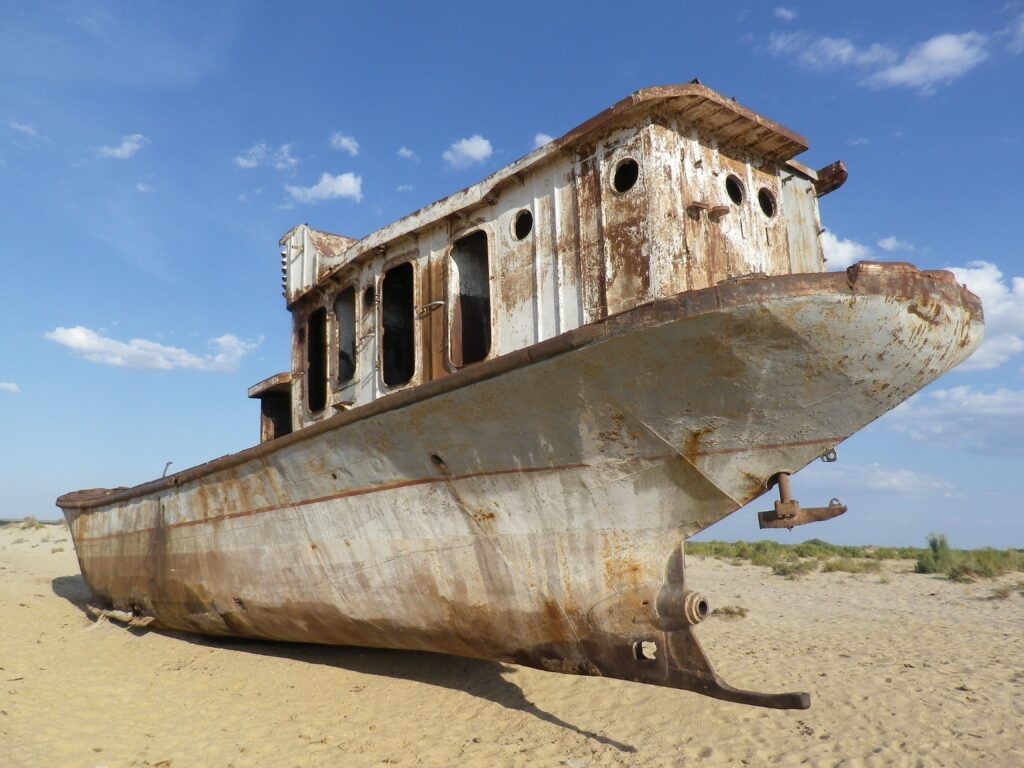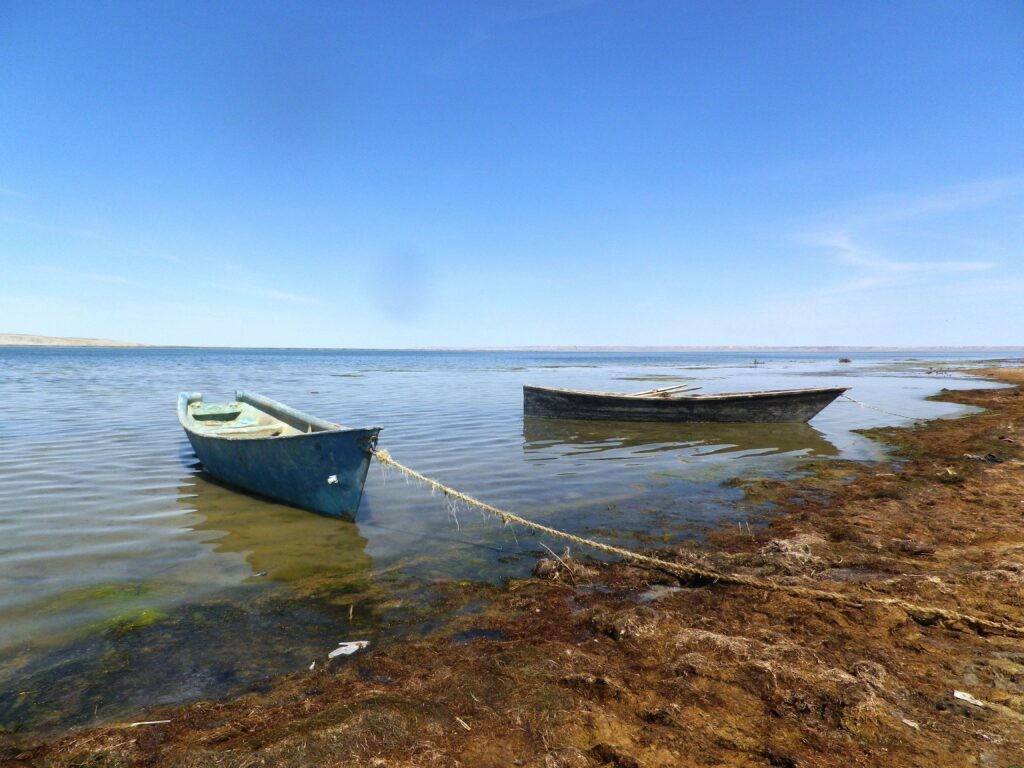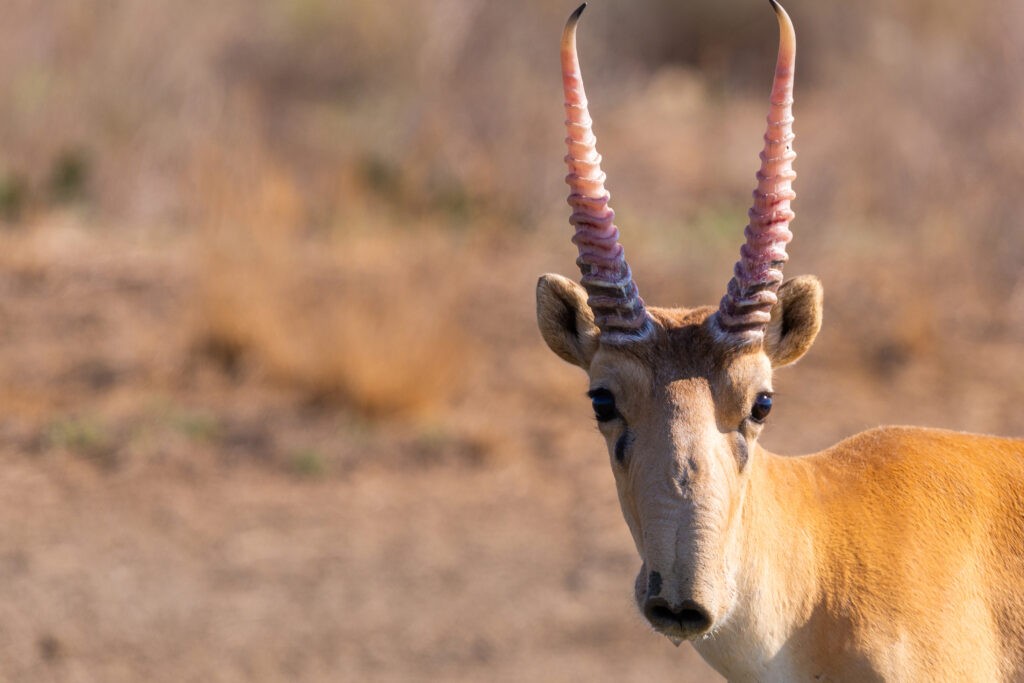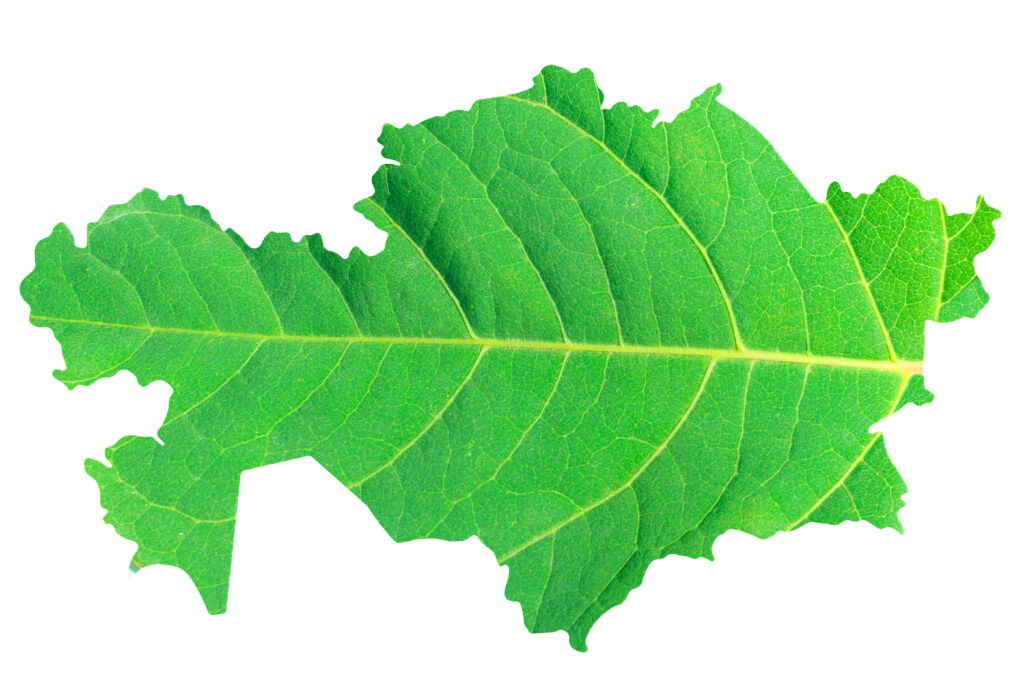Kazakhstan Now Chairs International Fund for Saving Aral Sea
From 2024, the chairmanship of the International Fund for Saving the Aral Sea (IFAS) has passed to Kazakhstan, after President Kassym-Jomart Tokayev was elected as head of IFAS until the end of 2026, the Kazakh Ministry of Water Resources and Irrigation said. The International Fund for Saving the Aral Sea, which includes Kazakhstan, Tajikistan, Turkmenistan, and Uzbekistan, is engaged in the implementation of joint interstate environmental, scientific and practical programs and projects aimed at saving the Aral Sea and improving the environmental situation in the region, as well as solving common social and environmental problems.[/vc_column_text][vc_single_image image="12017" img_size="full" el_class="scond-image" parallax_scroll="no" woodmart_inline="no"][vc_column_text woodmart_inline="no" text_larger="no"]“We are aiming to deepen cooperation both with the states of Central Asia and other international organizations and financial institutions,” said the Minister of Water Resources and Irrigation of Kazakhstan, Nurzhan Nurzhigitov. “This year we plan to begin the second phase of the project to preserve the Northern Aral Sea, implemented together with the World Bank. Saving the Aral Sea is a task that can only be accomplished through the joint efforts of all IFAS founding states. In the next three years, we intend to achieve significant results in this direction.” Speaking in September 2023 in Dushanbe at a meeting of the Council of Heads of State–Founders of the International Fund for Saving the Aral Sea, Tokayev said that IFAS has become the most important institution facilitating regional cooperation on issues of transboundary water resources sharing, as well as solving environmental and socio-economic problems in the Aral Sea basin. Tokayev also emphasized the need to create a mechanism for long-term and sustainable cooperation for the effective use of water and energy resources in Central Asia, taking into account the interests of all countries in the region. To ensure transparency of water use in the region and strengthen the dialogue and friendship between Central Asian nations, Tokayev proposed the development of a work plan which would introduce a unified automated system of accounting, monitoring, management and distribution of water resources in the Aral Sea basin. Tokayev also called on Kyrgyzstan to resume its full participation in IFAS.








